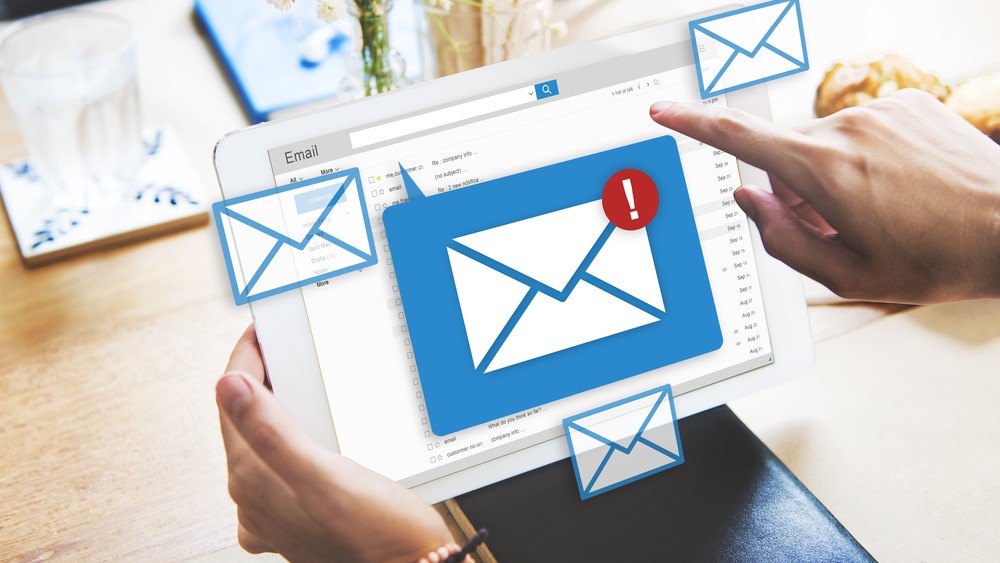Microsoft Outlook vulnerability helps hackers masquerade as your boss
Outlook's productivity tools can be exploited to successfully send spoofed emails

Microsoft Outlook has a number of productivity tools built-in but new research has revealed how they can be co-opted by hackers to send spoofed emails.
In a new report, researchers from Check Point-owned Avanan explains how hackers can exploit the productivity tools in Microsoft's email service to send spoofed emails to a targeted end-user.
To make matters worse, Outlook grabs and displays valid Active Directory details for the spoofed user to give their fake emails a sense of legitimacy.
The cybersecurity firm's researchers observed that hackers have begun using Outlook's productivity tools to send seemingly legitimate emails to targeted users in a new social engineering campaign that leverages Microsoft's email client to make them appear more credible.
Sending spoofed emails using Outlook
In order to use Outlook's productivity tools against unsuspecting users, the only thing a hacker has to do is send a spoofed email. If they have their own private server, they can craft an email that pretends to come from another sender to carry out a domain impersonation attack.
Should this spoofed email get past security layers as is often the case with domain impersonations, Outlook will present it as a real email from the spoofed person and even show off their legitimate Active Directory details including photos, files shared between users, legitimate email addresses and phone numbers.
According to Avanan researchers, Microsoft Outlook does not do email authentication such as SPF or DKIM checks. As a result, if a spoofed email does end up in a target's inbox, Outlook does the work for the hacker by displaying accurate Active Directory details. Spoofing is also made easier as Microsoft does not require verification before updating a user image in an email and it will display all contact data for a user even if that user has an SPF fail.
Are you a pro? Subscribe to our newsletter
Sign up to the TechRadar Pro newsletter to get all the top news, opinion, features and guidance your business needs to succeed!
To prevent falling victim to attacks using this exploit, Avanan recommends that security professionals ensure their organization has layered security before the inbox, employ an email security solution that scans files and links and measures domain risk and protect all applications like Microsoft Teams and SharePoint that interact with Active Directory.
Looking to upgrade your email experience? Check out our roundups of the best email clients, best email hosting and best email services
After working with the TechRadar Pro team for the last several years, Anthony is now the security and networking editor at Tom’s Guide where he covers everything from data breaches and ransomware gangs to the best way to cover your whole home or business with Wi-Fi. When not writing, you can find him tinkering with PCs and game consoles, managing cables and upgrading his smart home.
